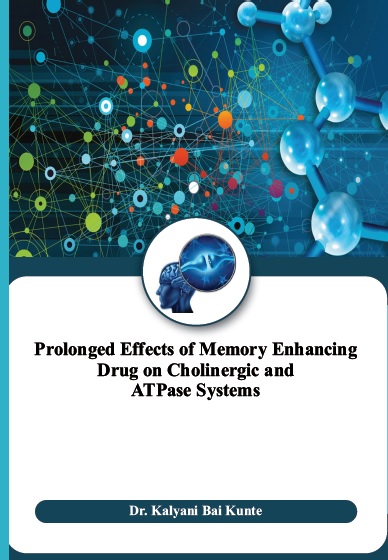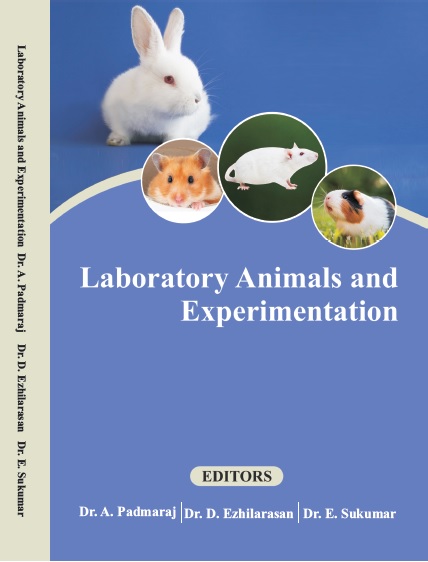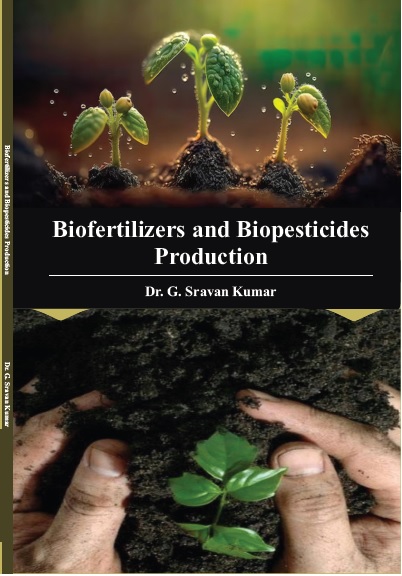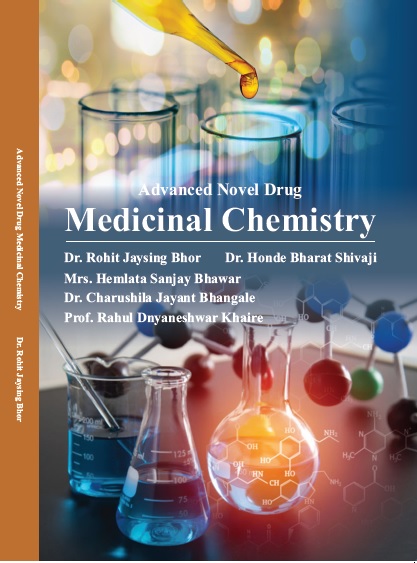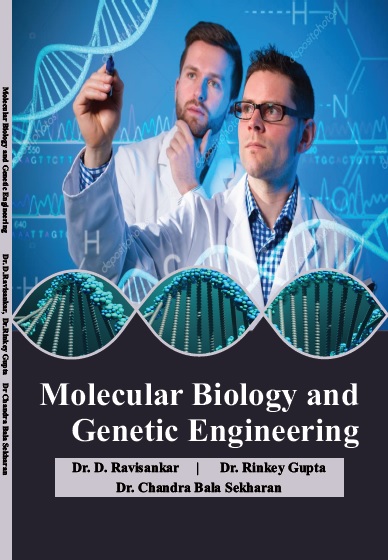SCIENCES AND ENGINEERING
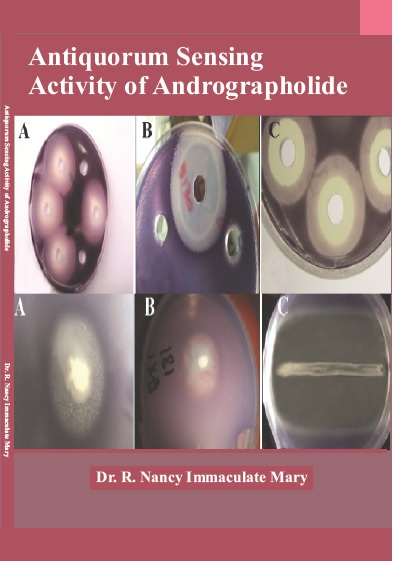
Antiquorum Sensing Activity Of Andrographolide
by Dr. R. Nancy Immaculate Mary
ISBN Number : 978 - 1- 73040 - 893 - 9
Authors Details
| Author Name | Image | About Author |
|---|---|---|
| Dr. R. Nancy Immaculate Mary |  |
I am R. Nancy Immaculate Mary. I have completed my under graduate
course in Bharadhidasan university. Post graduate course in Alagappa
university and doctorate in Vels University. I have won many awards and
prizes in the quorum sensing research. Attended national and international
conferences regarding this field. In this book I have written about the uses of
Andrographis paniculata and the compound andrographolide. The book
reveals the antiquorum sensing activity of andrographolide and its potential
to control the virulence factor of selected gram negative bacteria. Thus the
tiny handbook will be useful to the researchers those who are continuing with quorum sensing
research. |
Book Description
The ability of bacteria to identify, sense, express and respond to their bacterial population density is known as “Quorum Sensing” (QS) or “Cell - to - Cell communication” which is mediated by autoinducer molecules (Fuqua et al., 1994). Autoinducers are chemical signaling molecules which takes responsibility to increase the bacterial cell population. The gene expression is altered by the accumulation of autoinducers and in turn it resulted in activation of virulence factors like biofilm formation (McLean et al., 1997), bioluminescence (Nealson 1977), swarming motility (Eberl et al., 1996), conjugation, antibiotic production, sporulation, pigment production etc (Gonzale et al., 2006). There are different types of signaling molecules produced by both gram positive and gram negative bacterial pathogens. The common signaling molecules are auto inducing peptides (AIPs), Acyl homoserine lactone (AHLs) and AI-2. Some other signaling molecules with less characterized had been detected in few bacteria such as diffusible signal factor AI-3, the cyclic dipeptides which appear to regulate virulence, biofilm formation and motility (Ryan et al., 2008).





